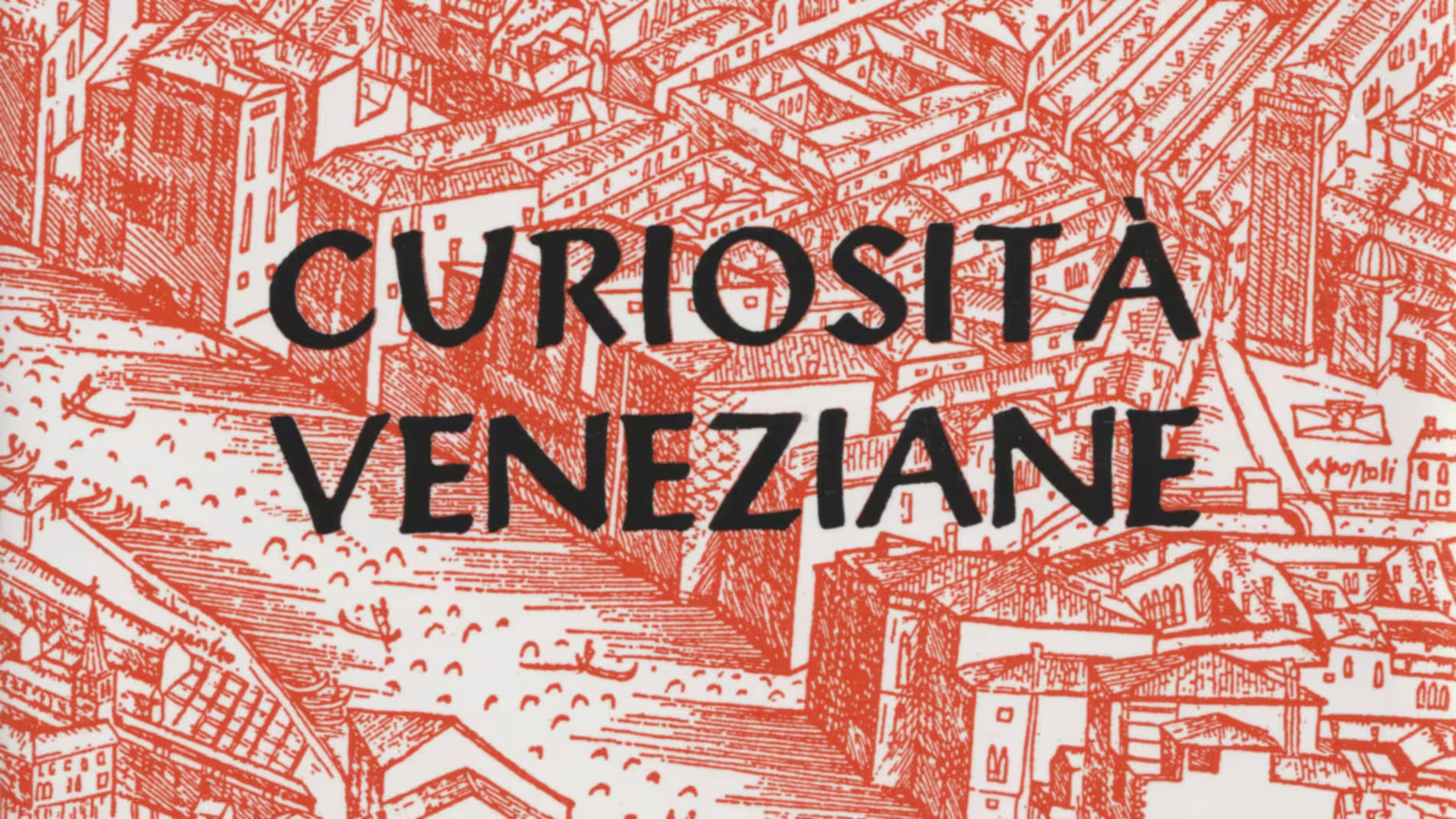Cannaregio (Sestiere, Fondamenta, Ponte, Canale, Chiovere di)
Curiosità Veneziane by Giuseppe Tassini is the go-to book for information on Venetian toponyms, and a treasure trove of curious historical titbits. First published in 1863, it is still being reprinted regularly.
There is no English translation of the book, so I will translate selected entries on this site, whenever they’re used as sources for articles.
Cannaregio (Sestiere, Fondamenta, Ponte, Canale, Chiovere di). Some believe that Cannaregio is a corruption of Canal Regio, a title attributed, due to its breadth, to that arm of the canal which, starting from S. Geremia, leads to S. Giobbe in the lagoon. But, looking closely, it is seen that this title would be better suited to the nearby Canal Grande, or to the Canal della Giudecca. Others with more reason argue that this place was formerly called Cannarecium, and therefore Cannaregio, from the many reeds that thrived there. In fact, a chronicle, cited by Gallicciolli, which dates back to 1410, says: Cannaregio, imperciocchè era chanedo e paludo con chanelle. Indeed, according to some, the Malipiero, who came from Altino, settled here to build ships, and were the first to use these reeds to smear1 them. Nor is it valid to argue that the reeds take little root in salty waters, since, as Filiasi notes (Memorie Storiche dei Veneti Primi e Secondi),2 those of our lagoon were brackish due to the many rivers that flowed into them, and precisely due to the Cannaregio canal it is said that at low tide the Osellino or Marzanego stream ran here.
The district we are talking about was also called Paluello in the early days, and then had very few buildings.
The Ponte di Cannaregio was built for the first time in wood in 1285, reading in an ancient chronicler that the doge Giovanni Dandolo, the aforementioned year, had the Cannaregio bridge built by the shore of S. Geremia where before one passed with a raft. From the inscriptions placed on the same it is clear that it was built in stone only in 1580, and that it was restored in the years 1641 and 1777. In 1580, as Temanza writes, the proto Marchesin Marchesini worked there. Also called Ponte delle Guglie from the four needles with which it is adorned.
At the Ponte di Cannaregio, on the Fondamenta, towards the Ghetto, you can see a small ogival3 building with a noble coat of arms above it, and the following inscription:
Exigui Durate Lares Virtute Parati
Et Meus Et Serae Posteritatis Honor.
Valerius Superchius P.
The building belonged to Valerio Superchio, famous doctor, poet and orator, who came in 1480 from Pesaro to live in Venice, where he died in 1540, and was buried at the Servites4 with an inscription dictated by Bembo, his friend. The coat of arms is also that of Superchio, framed however with the weapon of Pellegrina Avanzo, his wife.
On the same Fondamenta di Cannaregio, another plaque, recently placed, commemorates the Venetian priest Carlo Coletti, who founded an youth correctional institute in this location (now moved to S. Girolamo), and who died in this house in 1873.
When the Canale di Cannaregio was dredged around 1680, a jet of fresh water was found, springing from a certain square menagerie, made of poles and large planks, which reached with their points a foot below the bottom of the canal itself. See Zendrini (Memorie, Lib. 8). Gallicciolli believes it to be a Roman work. But Gradenigo in his Casi Memorabili Veneziani says on the other hand that, by means of this artifice, they used to introduce water into a fountain in the famous garden belonging to the doctor Maffei, mentioned by Sansovino in his Venetia, 1581, c. 137 v.
Translator’s notes
- Meaning applying pitch to the wood of the ship to waterproof it, using a bundle of reeds as a brush. ↩︎
- Filiasi, Giacomo. Memorie storiche de’ Veneti primi e secondi di Jacopo Filiasi. Tomo 1[-7]. Padova, Tipografia del Seminario, 1811. ↩︎
- Gothic building. ↩︎
- The now demolished church of Santa Maria dei Servi ↩︎
Localities
Original Italian text
Cannaregio (Sestiere, Fondamenta, Ponte, Canale, Chiovere di) in Curiosità Veneziane.


Leave a Reply